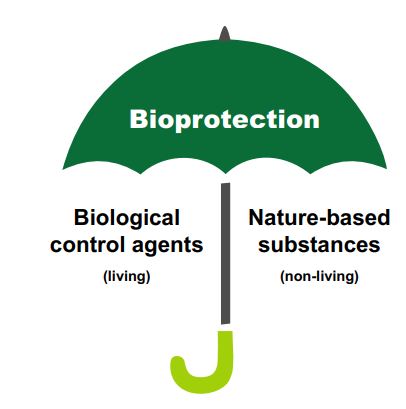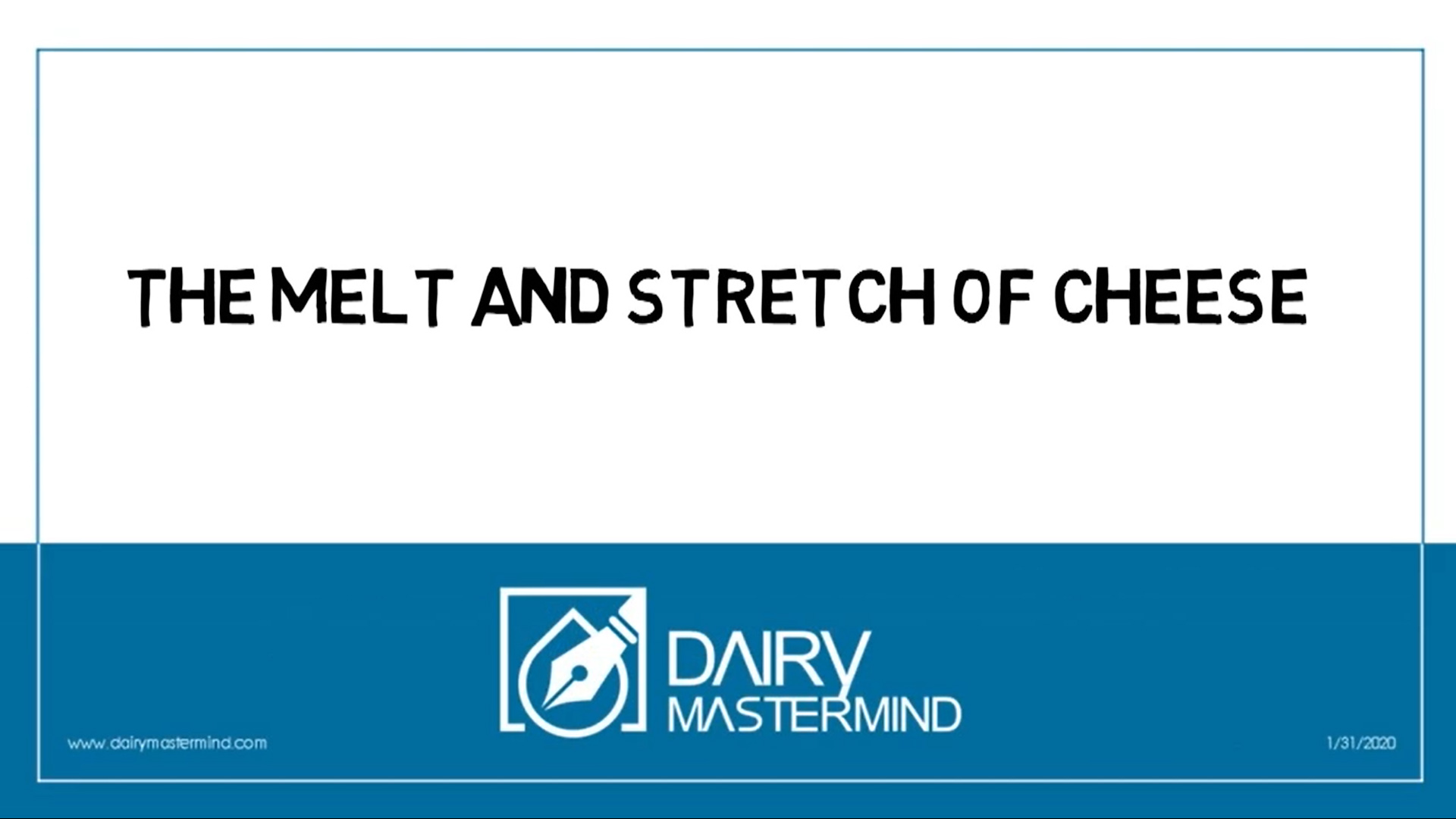Bioprotection
Bioprotection refers to enhanced food safety and extended shelf life of foods by indigenous and/or intentionally added microflora, with their microbiological competition and production of antimicrobial metabolites to help inhibit the growth of pathogenes and spoilage microorganisms. Bioprotective cultures are preparations consisting of live microorganisms in pure form or their concentrates that are added to foods with the aim of reducing risks by pathogenic or toxigenic microorganisms. LAB have a major potential for use in bio preservation.
How does Bioprotection work?
1) As good and bad bacteria compete for the same nutrients naturally present in our food, the good bacteria can eat the food that bad bacteria live on – starving bad bacteria and wiping them out.
2) Good and bad bacteria also compete for space – which means that good bacteria can outnumber and defeat bad bacteria.
3) Good bacteria can attack bad microorganisms by producing natural organic compounds like Bacteriocin, Hydrogen Peroxide, Carbon dioxide, Organic acids, ….
One of the commercially available protective cultures for dairy products is,
FreshQ cultures from Chr. Hansen:
Constituent protective bacteria; Lacticaseibacillus paracasei and Lacticaseibacillus rhamnosus strains
Spectrum of activity: Yeast and molds
Applicable foods: Yogurt, Sour Cream, Quark, Kefir, White cheese, Cottage cheese,
👇👇👇👇
https://www.chr-hansen.com/en/food-cultures-and-enzymes/bioprotection
For more information please follow:





Leave a Reply
Want to join the discussion?Feel free to contribute!